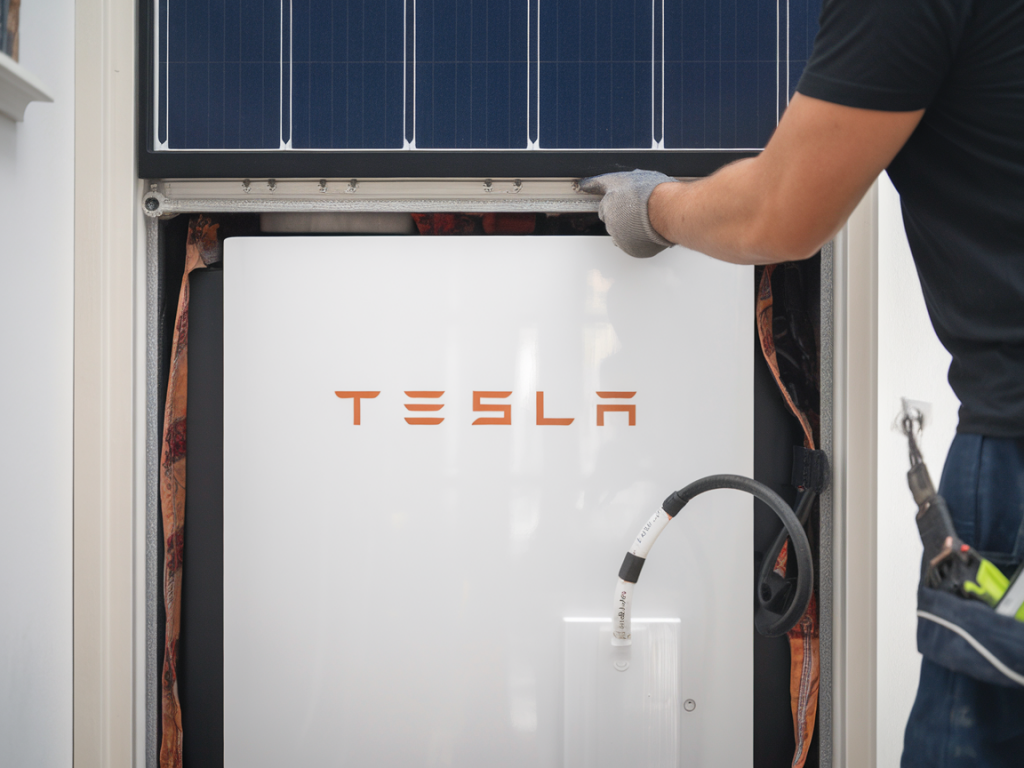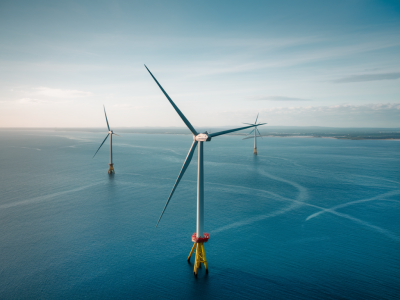
As someone who has spent years exploring the transformative potential of renewable energy, I can't help but marvel at the strides we've made in this field. One name that continually stands out is Tesla. Known for being a powerhouse of innovation, Tesla has consistently pushed the boundaries of what's possible when it comes to energy solutions. One of their most groundbreaking contributions to the renewable energy landscape is the Tesla Powerwall, which promises to be a game-changer in how we think about and use energy in our homes and businesses.
What is the Tesla Powerwall?
The Tesla Powerwall is, at its core, a rechargeable lithium-ion battery designed for home energy storage. It allows homeowners to store energy generated from renewable sources (such as solar panels) during the day and use it later, whether that's at night or during a power outage. This ability to 'time-shift' energy usage is one of the Powerwall's most significant contributions to renewable energy adoption.
Think about the implications for a moment: during the daytime, solar panels can generate more energy than a household typically uses. Without a storage system like the Powerwall, that surplus energy is often sent back to the grid or, in some cases, wasted entirely. The Powerwall ensures that not a single kilowatt-hour goes to waste, enabling you to make the most of your renewable energy investment.
Why is Energy Storage Crucial for the Renewable Energy Revolution?
One question I often encounter is, "Why is energy storage so important?" The answer lies in the nature of renewable energy sources. Unlike fossil fuels, which provide a steady and predictable output, many renewable sources—like solar and wind—are inherently intermittent. The sun doesn’t shine at night, and the wind doesn’t blow on command. This variability makes it challenging to rely on renewables alone to meet our energy needs consistently.
That's where energy storage steps in. By bridging the gap between energy generation and consumption, systems like the Tesla Powerwall make renewable energy more reliable and practical for everyday use. In essence, energy storage is the linchpin that enables renewable energy systems to function optimally, driving their adoption at scale.
How Does the Tesla Powerwall Work?
The Tesla Powerwall is designed to operate seamlessly, integrating with other Tesla products (such as the Solar Roof) or traditional solar panel systems. Here's a simplified look at how it works:
- Energy Capture: During the day, your solar panels generate electricity. This energy is first used to power your home. Any excess energy is then stored in the Powerwall.
- Energy Storage: The Powerwall stores this excess electricity in its battery for later use. It's designed to be highly efficient, meaning very little energy is lost in the storage process.
- Energy Usage: When the sun goes down, the Powerwall kicks in, supplying your home with the stored energy. This means you're not relying on the grid during the evening hours, when utility rates are often higher.
What fascinates me most about the Powerwall is how user-friendly it is. The system is fully automated, and you can monitor everything through the Tesla app, which offers real-time data on energy generation, storage, and usage. It’s this level of accessibility and control that empowers users to take charge of their energy consumption like never before.
The Environmental Impact of the Tesla Powerwall
One of the reasons I’m so passionate about the Powerwall is its potential to drive meaningful environmental change. By making renewable energy more accessible and practical for everyday users, the Powerwall directly reduces our reliance on fossil fuels. This means lower carbon emissions and a smaller ecological footprint for households and businesses alike.
Additionally, the Powerwall supports the decentralization of the energy grid. With more homes generating and storing their own clean energy, there's less strain on centralized power systems, which often rely on fossil fuels to meet demand. This decentralization also makes communities more resilient in the face of natural disasters or grid outages, an increasingly important consideration in our changing climate.
Who Should Consider Investing in a Tesla Powerwall?
One of the questions I’m often asked is, "Is the Tesla Powerwall right for me?" While the answer depends on individual circumstances, here are a few scenarios where the Powerwall shines:
- Solar Panel Owners: If you already have solar panels—or are thinking about getting them—the Powerwall allows you to maximize their efficiency by storing excess energy for later use.
- Areas Prone to Power Outages: The Powerwall can provide backup power during outages, making it an excellent choice for locations where the grid is unreliable.
- High Electricity Rates: In areas with expensive peak rates, the Powerwall can save you money by allowing you to rely on stored energy during these times.
- Eco-Conscious Consumers: If reducing your carbon footprint is a priority, the Powerwall can help you live a more sustainable lifestyle by minimizing waste and reliance on fossil fuels.
What Sets the Tesla Powerwall Apart?
While there are other energy storage solutions on the market, Tesla’s Powerwall stands out for several key reasons:
- Innovation: Tesla leverages its expertise in electric vehicle battery technology to create a product that is both efficient and reliable.
- Scalability: The Powerwall is modular, meaning you can start with one unit and add more as your energy needs grow.
- Design: Unlike many traditional energy storage systems, the Powerwall is sleek and compact, making it easy to integrate into a modern home.
- Software Integration: The Tesla app offers unparalleled control and insight, putting the power of renewable energy management directly at your fingertips.
For me, the Tesla Powerwall represents a pivotal step forward in the journey toward a sustainable future. It’s not just a product; it’s a symbol of the incredible potential we have to reshape our energy systems for the better. By adopting solutions like the Powerwall, we can take control of our energy destiny—and move closer to a world where renewable energy isn't just an option, but the standard.

